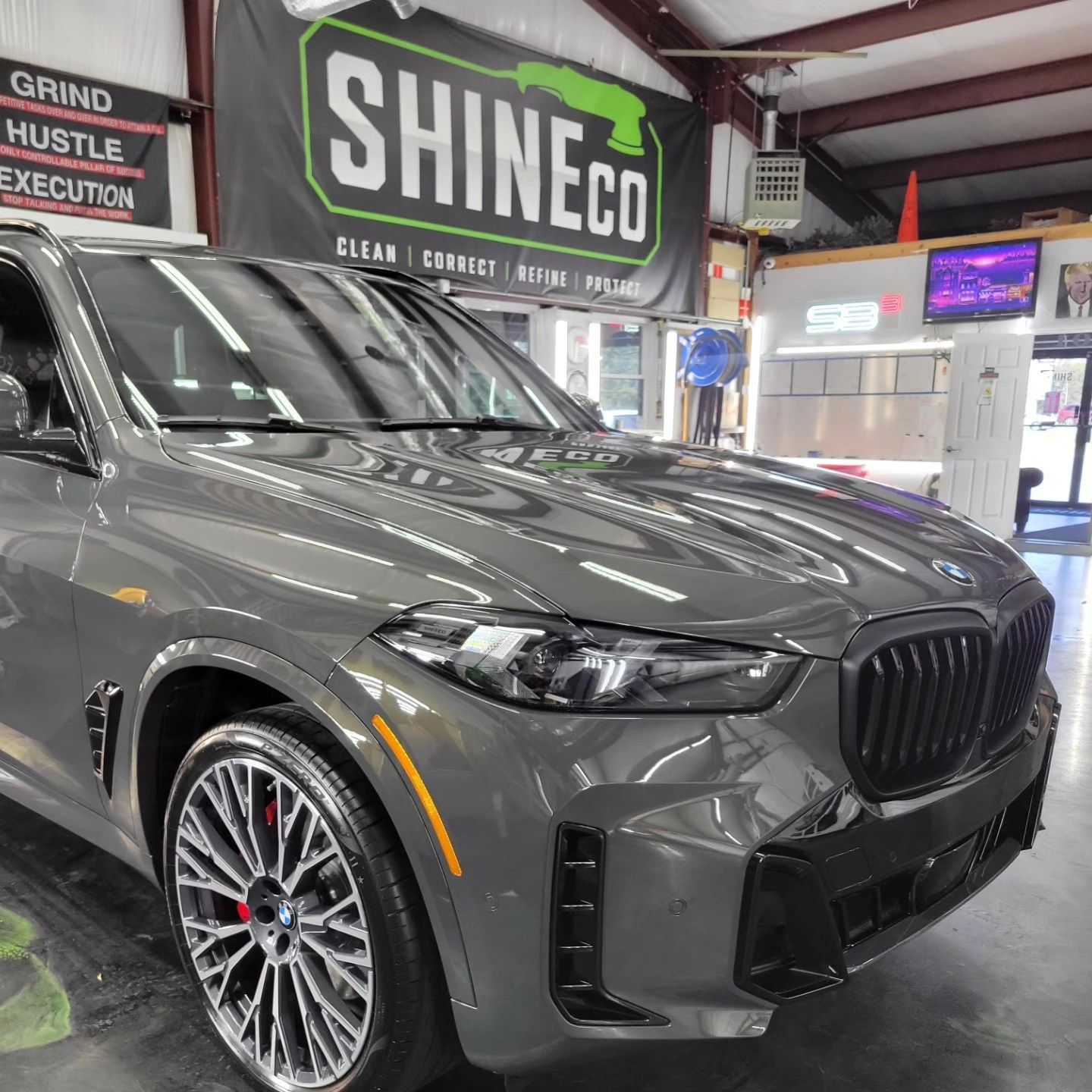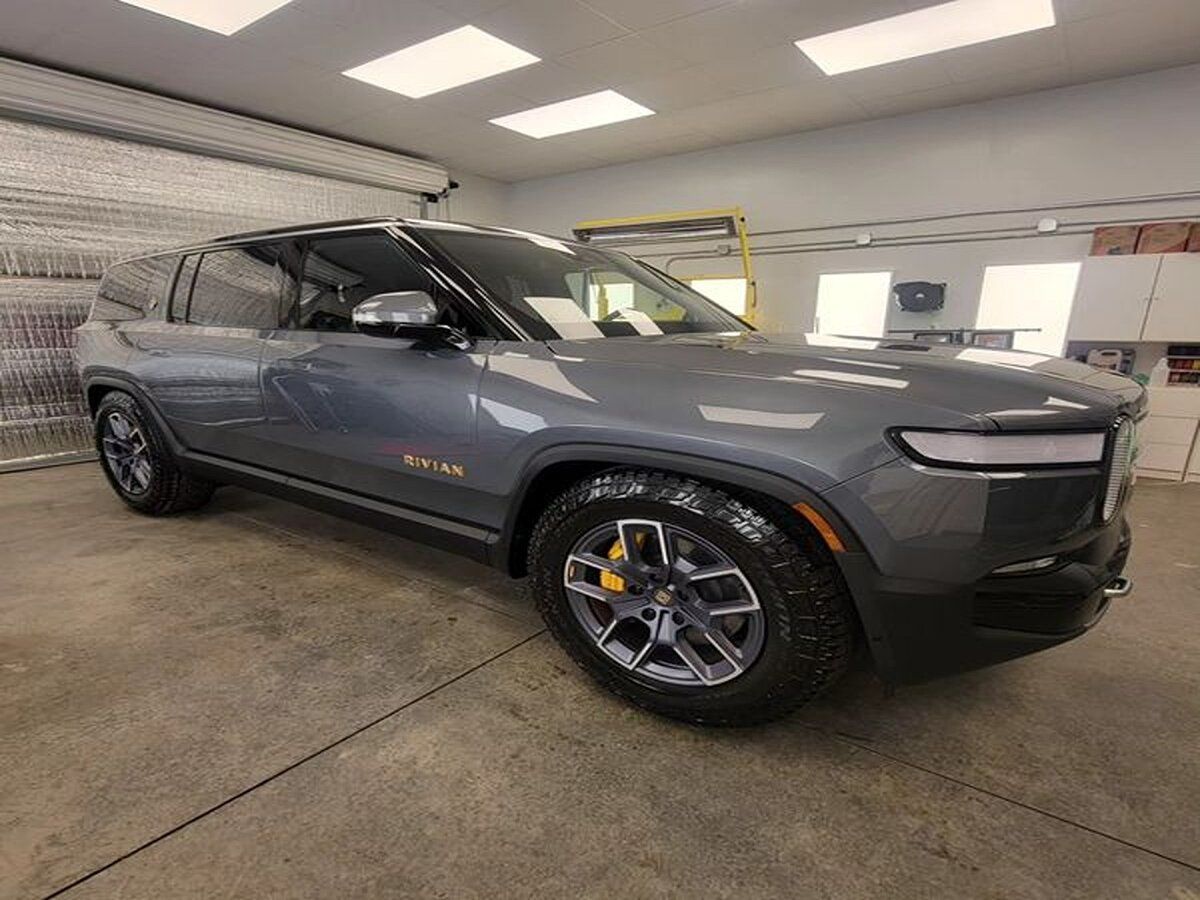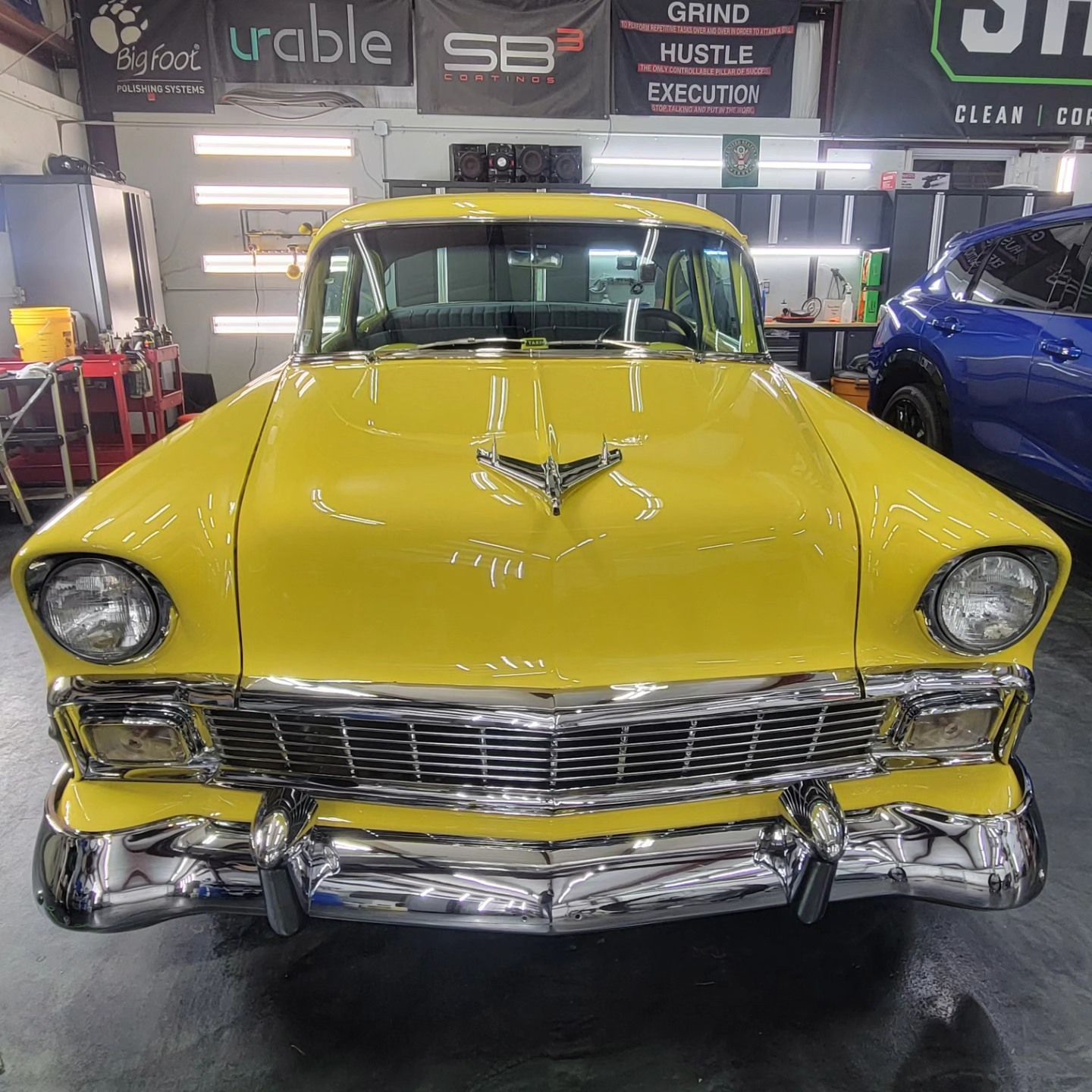Paint Protection Film (PPF) is one of the smartest investments you can make for your vehicle’s long-term beauty and value. It shields your car’s paint from chips, scratches, UV damage, and other daily hazards that degrade its finish. However, PPF isn’t a one-and-done solution. Like any premium product, it requires proper care and maintenance to perform at its best for years.
Whether you’re cruising through downtown Greenville or parked under Spartanburg’s intense summer sun, consistent upkeep can mean the difference between flawless protection and premature wear. This guide breaks down everything you need to know to keep your PPF safe from degradation, including installation tips, cleaning methods, UV defense strategies, and how to spot early signs of damage before they become costly repairs.

Proper PPF Installation: Setting the Foundation for Long-Term Protection
A flawless installation is the foundation of effective PPF performance. When properly applied, the film forms a seamless, invisible barrier that defends your car’s paint against rock chips, scratches, and harsh environmental elements. But a rushed or DIY installation can lead to bubbling, peeling, or lifting edges that reduce both durability and aesthetics over time.
Professional installers use precision techniques and specialized tools to ensure a perfect bond. Before any film is applied, your vehicle undergoes a deep cleaning using automotive detergents formulated to remove grease, grime, and embedded contaminants like tree sap or road tar. A clay bar treatment is often used to lift unseen particles that could cause bubbling under the film.
Next comes paint correction. Just like prepping a wall before applying paint, this step removes swirl marks, scratches, and oxidation to create a perfectly smooth surface. When the film adheres to an even substrate, it maintains clarity and prevents imperfections from showing through.
During the installation itself, most professionals use the wet application method—spraying a mild soap solution on both the car’s surface and the film to allow precise alignment. Once perfectly positioned, air bubbles are pressed out with soft-edged squeegees, and edges are gently heated to activate adhesives and ensure a tight, moisture-free seal.
Choosing a certified studio like ShineCo in Spartanburg or Greenville ensures your PPF installation is performed in a controlled environment by trained experts who understand every nuance of the process. The result is a smooth, durable finish that delivers lasting protection and visual perfection.
Routine Maintenance: The Key to PPF Longevity
After installation, regular maintenance plays a crucial role in extending the life of your Paint Protection Film. Weekly washing is one of the simplest yet most effective habits to prevent premature wear. Use a pH-neutral car shampoo and a soft wash mitt to safely remove dirt, road salt, and bugs without scratching the surface.
Avoid automatic car washes with stiff brushes—they can cause micro-abrasions and lift the film’s edges. Instead, hand washing is the safest approach. Use the two-bucket method: one bucket for your soapy water and one with clean water to rinse your mitt. This prevents dirt particles from scratching the film as you clean.
Once washing is complete, gently dry your vehicle with high-quality microfiber towels to avoid water spots and streaks. Always pat dry rather than rub to prevent friction that could dull the film’s clarity.
Routine washing also allows you to catch early warning signs of wear. If you notice lifting edges or dull spots, addressing them promptly can prevent bigger issues. Parking in shaded areas or garages helps too—constant sun exposure accelerates film aging, even with built-in UV inhibitors.
Consistent care is more than just maintenance—it’s preservation. By treating your film like an investment, you not only keep your car looking showroom-fresh but also protect its resale value.
Avoiding Common Contaminants
Environmental contaminants are among the most common culprits behind PPF degradation. Elements like bird droppings, bug splatter, tree sap, and industrial fallout may seem harmless, but they can cause significant long-term damage if not removed quickly.
Bird droppings are acidic and can etch into the film’s surface within hours. Similarly, bug splatter contains natural enzymes designed to break down organic material—unfortunately, that includes the surface of your protective film. Always remove these contaminants with a PPF-safe cleaner as soon as possible.
Tree sap presents another risk because it’s sticky and traps dirt against your PPF, creating abrasions during washing. Industrial fallout, especially in urban areas like Greenville, leaves behind metallic particles that can oxidize and cause surface dullness.
Keep a soft microfiber cloth and a small bottle of PPF-safe cleaner in your vehicle for spot cleaning after drives. A quick wipe-down can prevent permanent damage and help your PPF maintain its crystal-clear appearance.
Weather Protection Strategies
The weather in South Carolina can be unpredictable, and both extreme heat and cold affect PPF durability. During hot summers, temperatures can rise above 150°F on blacktop, stressing the adhesive and film layers. Conversely, cold winter air can make the film brittle and more prone to cracking.
Whenever possible, park in covered or shaded areas. For outdoor parking, invest in a high-quality, breathable car cover that blocks UV rays and reduces temperature swings. Avoid cheap plastic covers that trap moisture—these can cause fogging and adhesion issues.
UV radiation is another major factor in PPF degradation. Even the most advanced films that contain UV inhibitors can eventually lose clarity under continuous exposure. Rotate your parking orientation occasionally to avoid uneven fading and always aim to park in shaded areas during peak sunlight hours.
Regular professional inspections, such as those offered by ShineCo, can catch early signs of UV or weather-related wear before they progress. Small adjustments or reapplications can dramatically extend your PPF’s life and maintain your vehicle’s glossy appearance.
UV Defense for Paint Protection Film
UV rays are responsible for nearly half of all coating degradation on vehicles. Even though most modern PPF products come equipped with UV blockers, additional protection can significantly extend their effectiveness.
Every three months, apply a UV-resistant sealant or PPF-safe wax. These products act as a sacrificial barrier that absorbs sunlight before it penetrates the film’s surface. They not only help prevent yellowing and fading but also add a deep, reflective shine that keeps your car looking freshly detailed.
When selecting a sealant, choose one specifically formulated for urethane films. Using regular waxes or solvent-based products can damage the film’s chemistry. ShineCo provides professional-grade UV protection treatments designed to perform in Spartanburg and Greenville’s humid, sunny climate.
Maintaining this UV defense is simple—regular washing combined with quarterly reapplications of sealant ensures your film remains flexible, glossy, and protected. By incorporating UV defense into your maintenance routine, you’ll enjoy longer-lasting clarity and fewer expensive replacements down the road.
Safe Cleaning Methods for PPF
Cleaning your PPF correctly is critical to preserving its clarity and function. Start every wash by rinsing your vehicle thoroughly with clean water to remove loose dirt and grit. Avoid washing under direct sunlight or when the surface is hot, as this can cause soap to dry prematurely and leave marks.
Always use pH-neutral soaps made for automotive finishes. Harsh chemicals or household cleaners like vinegar, ammonia, or all-purpose sprays can strip away protective coatings and damage the film’s polymer structure.
Use soft microfiber towels or mitts to wash and dry your car. Avoid aggressive scrubbing and circular motions that could create micro-scratches. For stubborn residues like bug splatter or bird droppings, apply a PPF-safe cleaner, let it sit for a minute to soften the residue, and gently wipe it away.
Aim to wash your vehicle every one to two weeks, especially in regions like Spartanburg and Greenville where humidity, pollen, and road debris are common. Routine cleaning not only maintains the film’s glossy finish but also reduces the risk of contaminants bonding to the surface.
Skip automatic brush car washes entirely. The bristles can peel edges or create fine scratches that dull the appearance. Touchless or hand washing is the safest way to protect your investment.
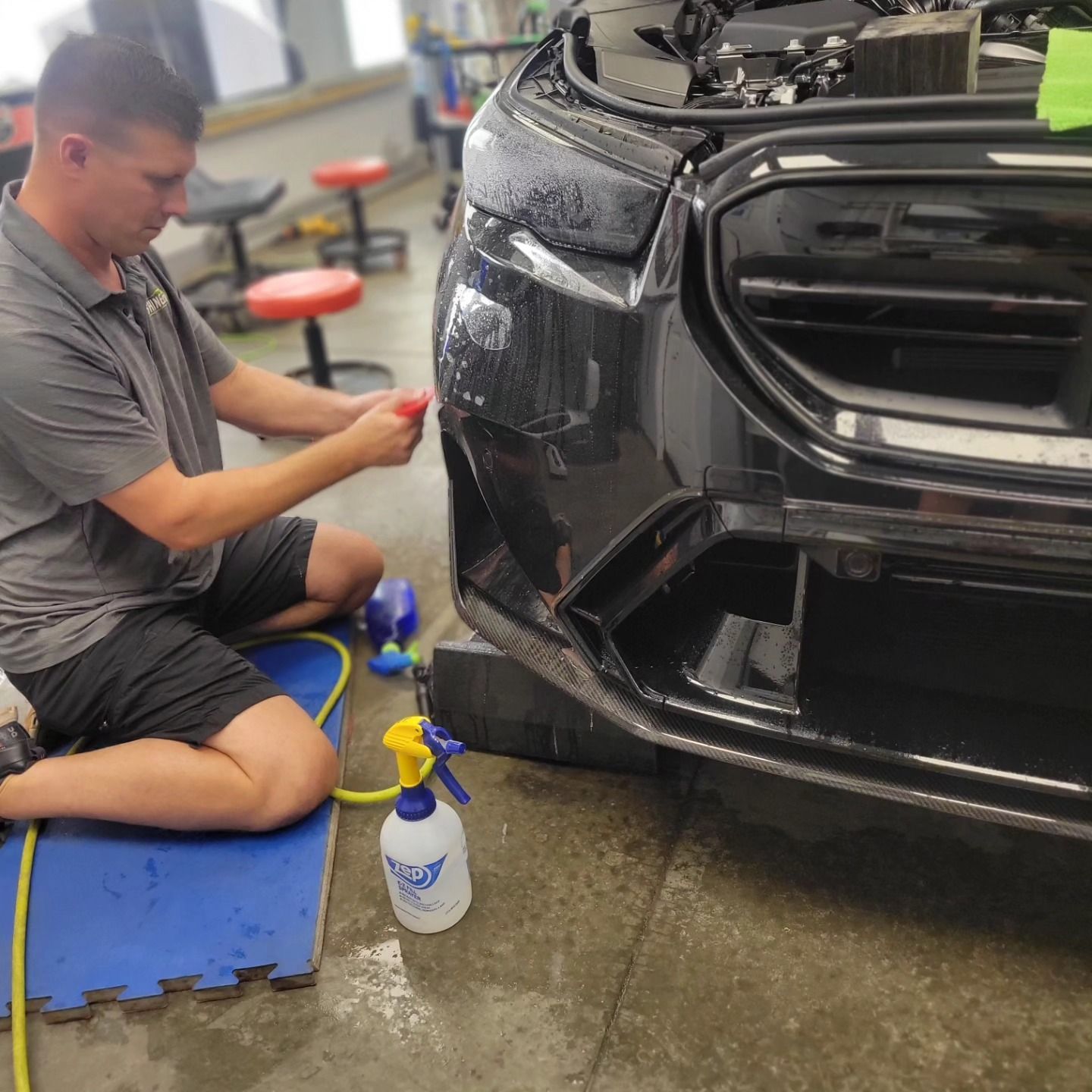
Avoid Harsh Chemicals and Degreasers
One of the fastest ways to damage PPF is by using harsh or high-alkaline cleaning products. Acidic or solvent-based cleaners can react with the film’s polymers, leading to discoloration, peeling, or loss of hydrophobic coatings.
Avoid products containing alcohol, bleach, or petroleum solvents. These chemicals weaken adhesives and break down the top coat that gives PPF its self-healing and water-repellent properties. Even strong degreasers can cause yellowing within weeks.
Always check that your cleaning products are labeled safe for use on urethane films or approved by your installer. ShineCo’s technicians recommend gentle, pH-balanced cleaners that meet EPA’s Safer Choice standards to ensure both effectiveness and long-term safety.
Taking a few extra seconds to read labels or use professional-grade supplies can save hundreds of dollars in potential reapplications. Protecting your film from chemical stress ensures it remains crystal clear and fully functional for years.
Detecting PPF Wear and Damage Early
No matter how careful you are, every film eventually experiences wear. The key is spotting signs of degradation early before they escalate into expensive repairs.
Yellowing is one of the first indicators of UV damage or chemical exposure. If your once-clear film begins to show a tinted hue, it’s time to evaluate whether environmental or product-related factors are at play. Similarly, bubbling or tiny air pockets under the surface often suggest trapped moisture or weakening adhesive layers.
Another red flag is peeling edges. This typically results from improper maintenance—like directing high-pressure water jets at the film’s seams or using abrasive cleaners. Catching this early can allow for localized resealing instead of a full replacement.
Lastly, check for scratches that fail to self-heal. High-quality PPFs usually recover from minor marks when exposed to heat, but deep abrasions may indicate it’s time for professional intervention.
Inspect your film in natural daylight every few weeks, especially after long drives or harsh weather. Run your fingertips lightly along the edges to feel for lifting or texture changes. If you spot any issues, ShineCo’s experts in Spartanburg and Greenville can diagnose the problem and recommend the best fix to extend your film’s lifespan.
Enhance PPF Protection with Ceramic Coatings
For those who want to maximize their protection, consider applying a ceramic coating over your Paint Protection Film. Ceramic coatings add a hydrophobic barrier that repels dirt, water, and UV rays—reducing the amount of maintenance your PPF requires. They also give your car a deeper, glossier appearance that enhances curb appeal.
Ceramic coatings can extend the life of your PPF by up to 30%, making them a popular choice among vehicle owners who value low-maintenance shine and top-tier protection. ShineCo offers premium SB3 Ceramic Coatings that pair perfectly with high-quality PPF brands like SunTek and Icon Rocklear, creating a complete defense system for your vehicle.
Protect Your Investment with ShineCo
At ShineCo in Spartanburg and Greenville, we treat every vehicle like it’s our own. From precision Paint Protection Film installations to professional ceramic coatings, we help drivers preserve their car’s value and beauty for years to come.
If you notice signs of PPF wear, yellowing, or damage—or if you’re ready to enhance your vehicle with a new protective coating—our team is here to help. Request a free quote today or call (864) 809-4385 to speak directly with one of our coating specialists.
Your vehicle deserves the best defense possible. With the right care, the right products, and ShineCo’s expertise, your PPF will continue to deliver showroom-level brilliance and protection mile after mile.
